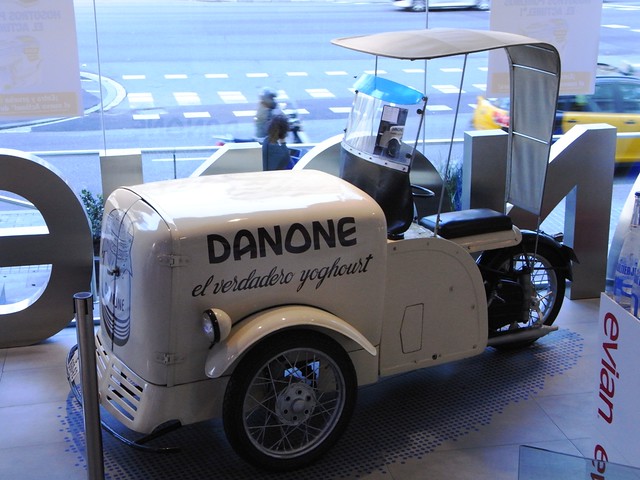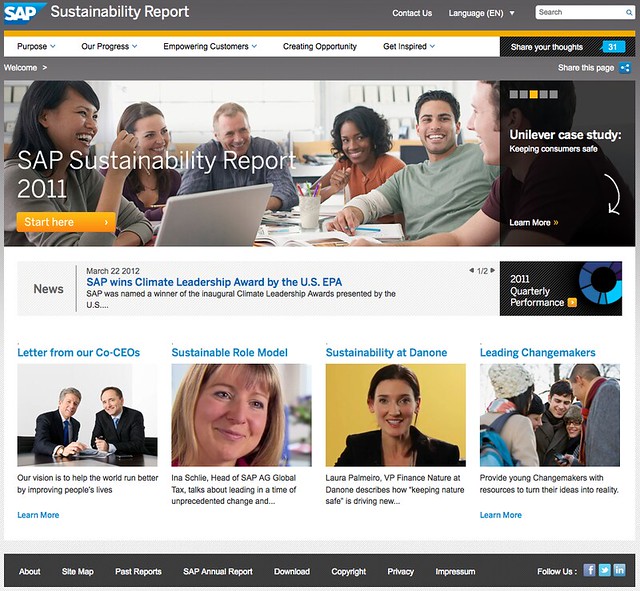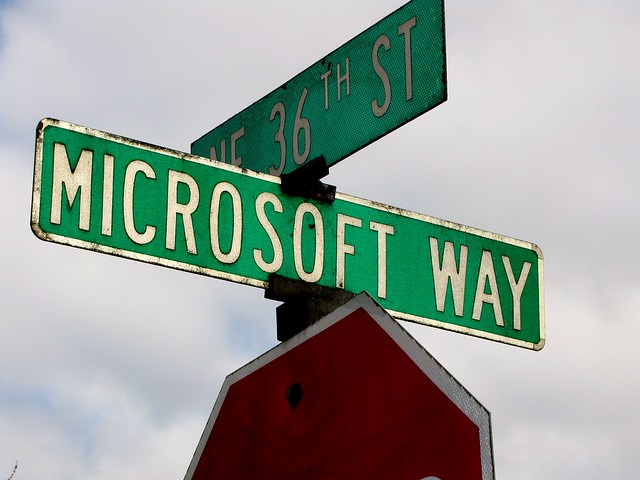Technology innovation plays a major part in creating a sustainable world tomorrow
So said SAP co-CEO Jim Hagemann Snabe at this year’s SAP Sapphire Now conference in Orlando. He then went on to predict three major trends in computing for the coming years – according to Jim, in the next five years everything will move to Cloud, everything will be in main memory and everything will be mobile.
This wasn’t just some off-the-cuff remark – these three developments are core to SAP’s product roadmap – even in the Sustainability space.
In the mobile space for example, at Sapphire Now SAP announced a new version of a mobile app for incident management. With this app, workers can now log issues from their mobile device with a photo or video, as well as an audio recording, and send it directly to an incident or safety manager for corrective action. This crowd-sourcing of safety information also has built-in tracking of the reported incident which is hugely empowering for workers who may previously have felt their voice wasn’t heard. And for the companies deploying this solution it leads to a safer work environment and a happier workforce.
This puts me in mind of an initiative IBM rolled out with the Los Angeles Unified School District (LAUSD) where they enabled students, teachers and staff to report issues like water leaks, broken aircon/heating, exposed cables and so on, by sending text messages and photos through their mobile phones. More please.
Also in the mobile sustainability space, SAP have their Electronic Medical Record app [SilverLight warning] – an app which gives doctors instant access to a patient’s electronic medical records.
In the Cloud space, SAP have made two major recent acquisitions – Successfactors and more recently Ariba at a cost of roughly $7.7bn. This is a clear indicator that while SAP maybe late to the party, it is serious about catching up.
And in the Sustainability space? Well SAP’s carbon management software, Carbon Impact OnDemand is already Cloud delivered. At SapphireNow SAP announced that they are going to rollout an on-demand service for product safety that the company is calling the SAP Product Stewardship and Safety Network. This will be a network where safety professionals can share safety information and best practices.
The irony of sustainability-related software being delivered via the Cloud, a technology which is not Green at all, is not lost on me. It does appear to be lost on SAP however – more on which in a follow-up post.
And finally in-memory computing – what is it? Well, you know how information held in RAM is much faster to access than information on disk, right? So HANA, SAP’s new in-memory database, is where the database is held in RAM for much faster data access. Also, in-memory databases can hold enormous quantities of data, and query them in milliseconds. This is a huge step forward in database technologies and according to SAP it will vastly simplify database maintenance as well because there should no longer be a need for large data warehouses.
Where do the HANA and Sustainability stories intersect? There are several examples – the first is in the area of Smart Grids and Smart meters. The volumes of information utility companies will be expected to handle after installing smart meters are orders of magnitude greater than anything they are used to. Realtime analysis of this firehose of information will allow for much better demand-side management, matching the demand curve to the supply curve, stabilising the grid and allowing for greater penetration of variable generators like wind and solar. Also, this availability of highly granular energy consumption data will facilitate the development of all kinds of new energy products and services that would have previously been impossible to offer. This is sorely needed by utilities who are in the uncomfortable position of currently (no pun) having to try to convince customers to buy less of their product.
Other use interesting cases are discussed in a great post on How Big Data Will Help Achieve Sustainability Goals by SAP’s Scott Bolick. And when you finish checking that out, head on over to Jennifer Lankheim’s post on SAP Situational Awareness for Public Sector where she discusses this new SAP Rapid Deployment Solution to help public safety and security organizations better anticipate, assess, and act on emergency situations.
We are only scratching the surface of what the implications of Big Data, Cloud, Mobility and in-memory computing are for sustainability. Expect to see far more announcements in this space in the near future.
Disclosure – SAP is a GreenMonk client and SAP paid my travel and expenses to attend Sapphire Now.
Photo Credit Tom Raftery
Follow @TomRaftery






